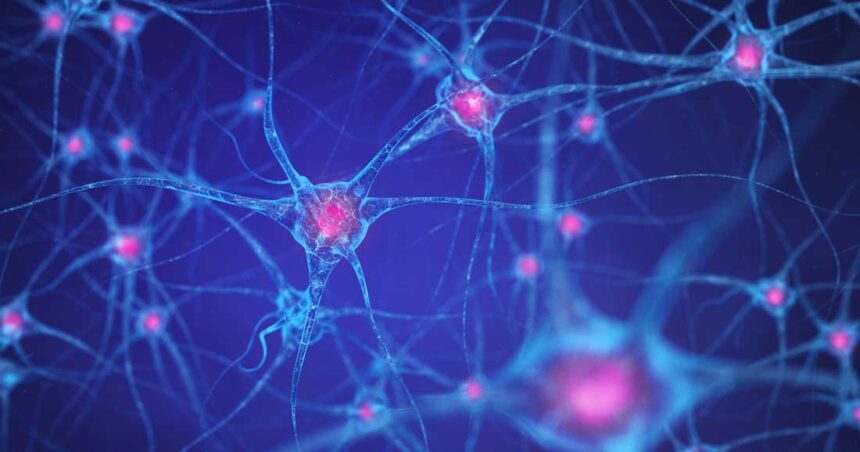Scientists from the University of Queensland have used a video game algorithm to better understand how molecules act inside of real brain cells.
While on lockdown during the COVID-19 pandemic, Dr. Tristan Wallis and Professor Frederic Meunier of UQ’s Queensland Brain Institute had the idea.
Their research was published in Nature Communications.
“Here, we use the R-tree spatial indexing algorithm to determine the overlap of the bounding boxes of individual molecular trajectories to establish membership in nanoclusters,” the study reads.
“Extending the spatial indexing into the time dimension allows the resolution of spatial nanoclusters into multiple spatiotemporal clusters.”
“Using spatiotemporal indexing, we found that syntaxin1a and Munc18-1 molecules transiently cluster in hotspots, offering insights into the dynamics of neuroexocytosis. Nanoscale spatiotemporal indexing clustering (NASTIC) has been implemented as a free and open-source Python graphic user interface.”


